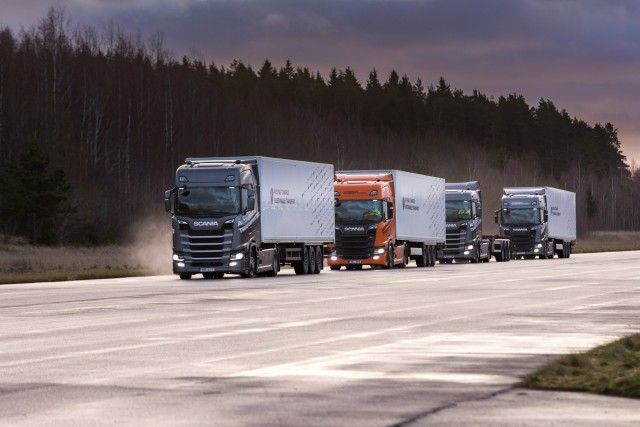After three years of testing connected vehicle technology, the 5G NetMobil research project, which consists of 16 research institutions, medium-sized enterprises, and major industry players, is now presenting its results, and promises will enable major strides for a new era in mobility.
The 9.5 million euro research project, funded by the German Ministry of Education and Research, has completed groundwork in the areas of networks, security, and communication protocols that will now underpin efforts to standardise specifications, develop new business models, and ramp up the partners’ first production runs.
“With the 5G NetMobil project, we have achieved decisive milestones on the road to fully connected driving and are demonstrating how modern communication technologies can make our road traffic safer, more efficient, and more economical, all at the same time,” says Thomas Rachel MdB, parliamentary state secretary in German Ministry of Education and Research
This communication requires a stable and reliable data link provided by high-performance 5G, the new fifth-generation wireless technology for cellular networks, or by Wi-Fi-based alternatives (ITS-G5).
As well as investigating a variety of collision warning use cases, experts from the participating companies and universities have now laid out the groundwork for platooning with vehicles less than 10 meters apart and for parallel platooning in agriculture.
“The work of the research project is relevant to a wide range of applications. This not only benefits project partners from industry and research, but especially road users,” says Dr. Frank Hofmann from Robert Bosch GmbH, who is coordinating the research project on the manufacturing end.
To overcome the problem of changes in quality of data links, leaving less bandwidth available for direct V2V communication, the project developed an agile “quality of service” concept to detect changes in the provided network quality and alerts the connected driving functions accordingly. This way, the distance between vehicles in a platooned convoy can be increased automatically when network quality decreases.
Another focal point of this research was to break the main cellular network down into discrete virtual networks (slicing). A separate subnet is now reserved for safety-critical functions such as alerting drivers to pedestrians at an intersection. This safeguard ensures data communication for these functions is always enabled.
Another discrete virtual network handles data transmissions to stream videos and update the road map. Its operations can be temporarily suspended when the data rate dips. This research project has also made significant contributions to hybrid communication where the more stable connection – either the cellular network technology or a Wi-Fi-based alternative – is used to prevent the data link from dropping out while the vehicle is on the move.
“The insights gained in this project are now flowing into the global standardization of communications infrastructure. They are cornerstones for partner companies’ further development efforts,” says Hofmann.





